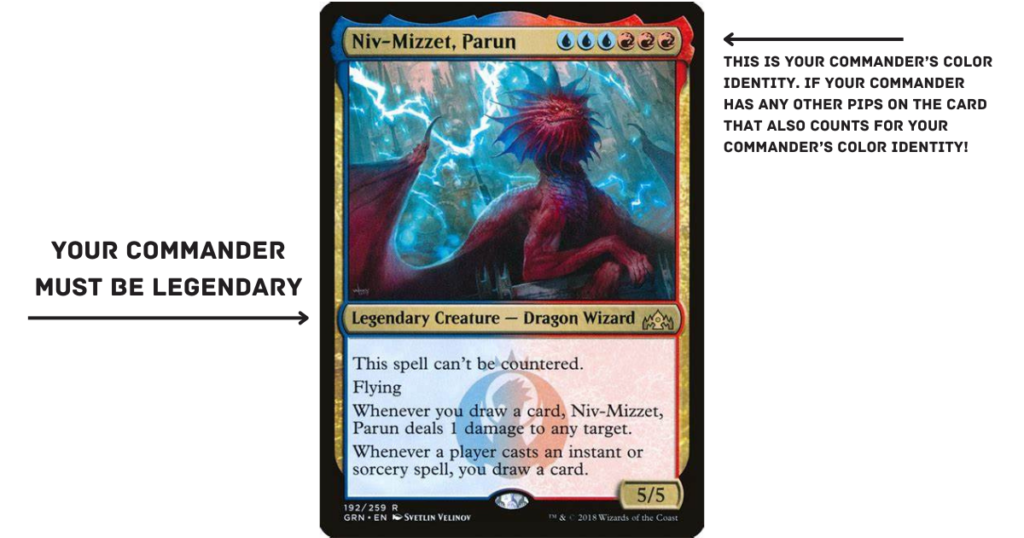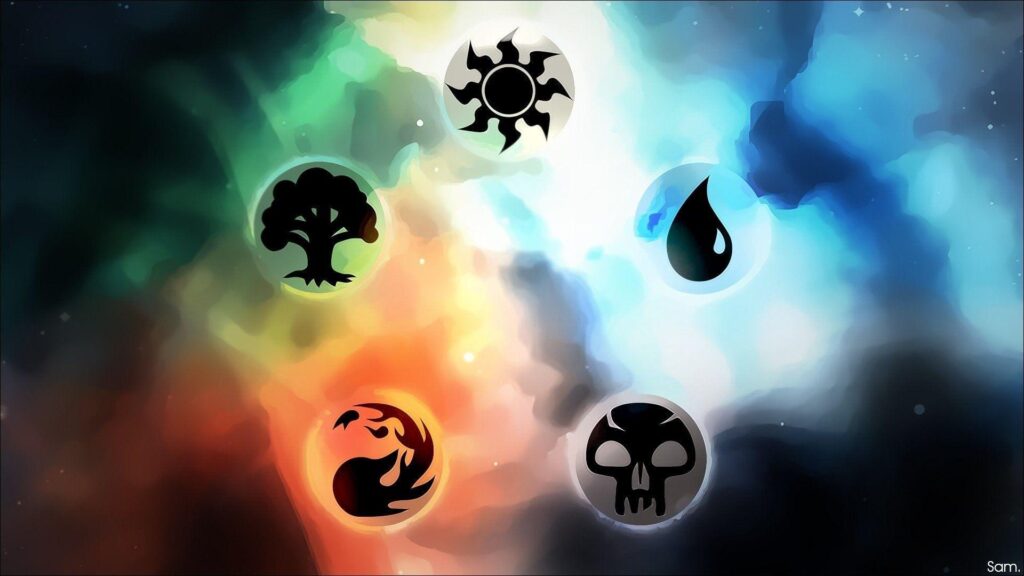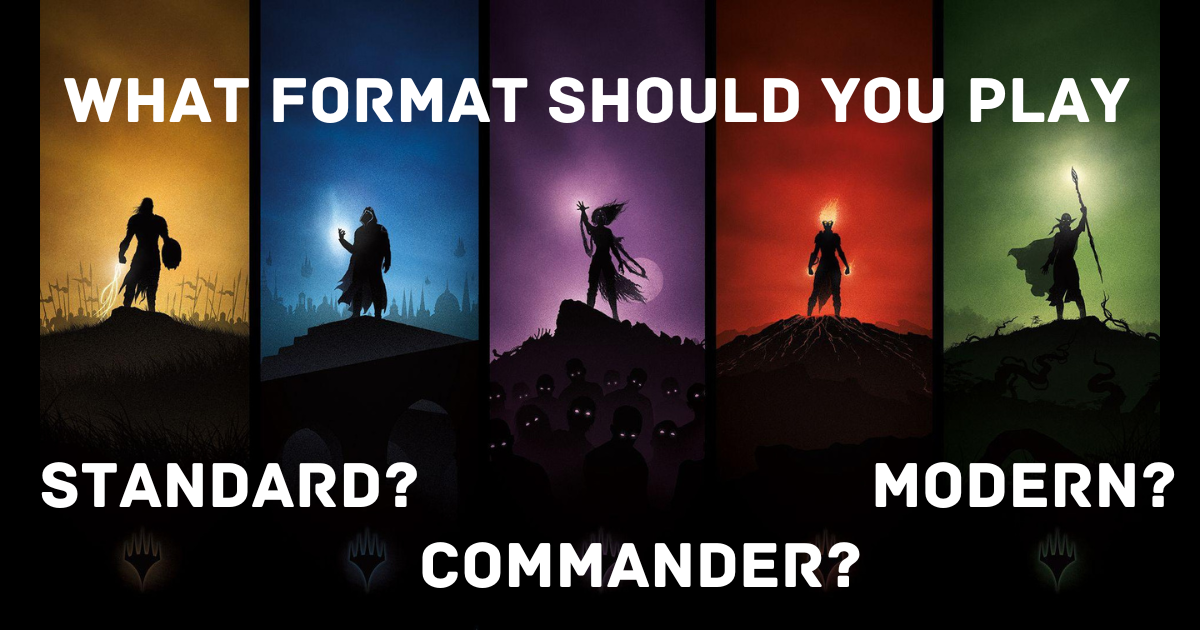Magic: the Gathering has a multitude of formats to pick from. It can be confusing to know what cards are legal and the different rule sets that go along with them. This article will go into detail about what formats are the most popular and the differences for each.
Quick Links
Standard: The Rotating Format
The go-to format for new players for many years. Standard is a 60-card constructed format with an optional 15 card sideboard. A standard deck can have a playset or a maximum of four copies of the same card in a deck. The cards that are legal to use in a Standard deck are from the most recent sets that Magic: The Gathering has released. Standard rotates every three years, which means that oldest four sets and all the cards in them are now illegal to play in a standard deck, welcoming in the new sets in the oncoming years.
Standard is played one on one with an opponent, playing a best-of-three match, starting at 20 life each. In between games you are allowed to swap cards from your main deck and your sideboard to better your chances of winning! If you want to explore standard more click here
Commander: The Casual Format
The Commander format has blown up over taking over standard for the format that new players usually start off playing Magic. Commander decks consist of 100 cards, with one being your commander. Your commander must be a legendary creature and all the cards in a commander deck must match the color identity of your commander. Commander is a singleton format which means you may only use one copy of a card in a deck. Commander is also an eternal format, which means that all cards are legal except those on the ban list. You can see the commander ban list by clicking here

Commander is usually played in a pod of four players that all start at 40 life each. Games of Commander may take a bit longer than standard games because of the number of players and life totals at the beginning.
Modern: Competitive and Fast
The Modern format is a constructed, non-rotating, format that takes cards from the last two decades of Magic: The Gathering putting them all together. Modern decks consist of a minimum of 60 cards with a 15-card sideboard, and no more than 4 copies of the same card, just like Standard. Modern decks tend to be more powerful than Standard decks as they have a much larger card pool to pull from. Since Modern does not rotate, players are able to master decks and find every ounce of competitive viability to win tournaments.
Modern matches consist of three games and are played one-on-one. Players start at 20 life each and are able to swap cards from their sideboard in between games to increase their chances of winning.
Draft/Sealed: Non-Constructive Formats

Draft and Sealed are limited formats because players are limited in the cards they can and cannot use. These formats take some time to get used to, as building a deck on the fly can be a tall task for new players or those who exclusively play constructive formats.”
Draft: Pass and Play
When drafting, three booster packs are handed out to players. Players take turns taking one card and passing the rest to the next player. This continues until the cards in each pack are gone, and then the next pack is opened. After all the packs are picked through players build a deck with a minimum of 40 cards.
Players use these decks to play one on one with each other with matches consisting of three games. Players can use any cards they draft as a sideboard and don’t need to worry about the playset rule. For tips and tricks on how to draft click here!
Sealed: Pack and Play
When playing sealed, each player receives six booster packs to build a minimum 40-card deck from their pool. Sealed is a bit easier than draft since there is more time to evaluate the cards and build a deck.
What Format Should I Play?
In my opinion, I think that new players looking at getting into Magic: The Gathering should start off playing Standard. The price point to get into Standard is much less than Modern and Commander, and since Standard rotates every three years now decks last much longer. It also teaches interactions for one-on-one play so if the player wants to start drafting or playing Modern, they have a baseline on how to play.

Leave a Reply